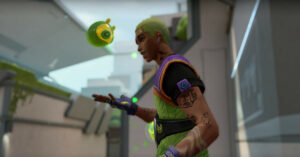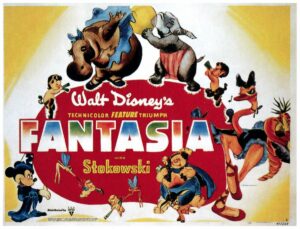At most Magic: The Gathering events, you will see guest artists with binders of cards — the prices of which are very different than you’d expect. These are likely artist proofs, also known as “whitebacks,” or “APs.” So, what are artist proofs and why should you care?
To start with, you don’t have to care. Whitebacks are a totally optional thing in Magic, just like Secret Lair drops to an extent. But they represent a level of interest in the hobby that is just one step beyond the usual. For illustrators like myself who work with Wizards of the Coast, it has always been typical to receive complimentary copies of products bearing our art so we have printed examples for our portfolios, for instance copies of Dungeons & Dragons books we’ve illustrated. It’s customary across industries. When I’ve worked on other clients’ books or magazines, I usually receive complimentary copies, too.
But Magic is randomly packaged, with different cards given different levels of rarity. Just giving each artist a box of booster packs wouldn’t guarantee that we get examples of our own art on finished cards. Yet, if they gave us actual cards, their values would vary greatly on the secondary market. I’d have multiple free copies of Tempest’s Earthcraft as a playing card after it was banned, for instance!
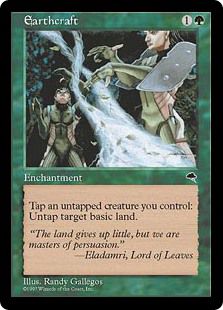
That’s why early on in the history of Magic, Wizards came up with the idea for artist proofs. The company decided to print actual cards in fixed quantities, but with the card back left blank — hence the name “whitebacks”. These then get distributed to artists, solving both troublesome issues: Artists were guaranteed copies of their art as printed, and issues of rarity and card value were taken off the table, since these weren’t “real” cards. Early on in my career, they proved tremendously useful. I even recall sending some away inside the physical portfolios I mailed to prospective clients.
The Revised Edition, released in 1994, may have been the first set of regularly issued artist proofs. Beta proofs also exist, printed retroactively a few months after that release. There were no Alpha or Arabian Nights proofs at all.
Soon after they were made, however, players began to get curious. After all, they are officially printed Wizards items, and as such, they are extremely rare. How rare? Typically, they are printed at only 50 copies per card. In fact, this was even stated in contracts with the artists going way back. So, if you see a Magic whiteback in the wild, it’s one of only 50 or so in the whole world.
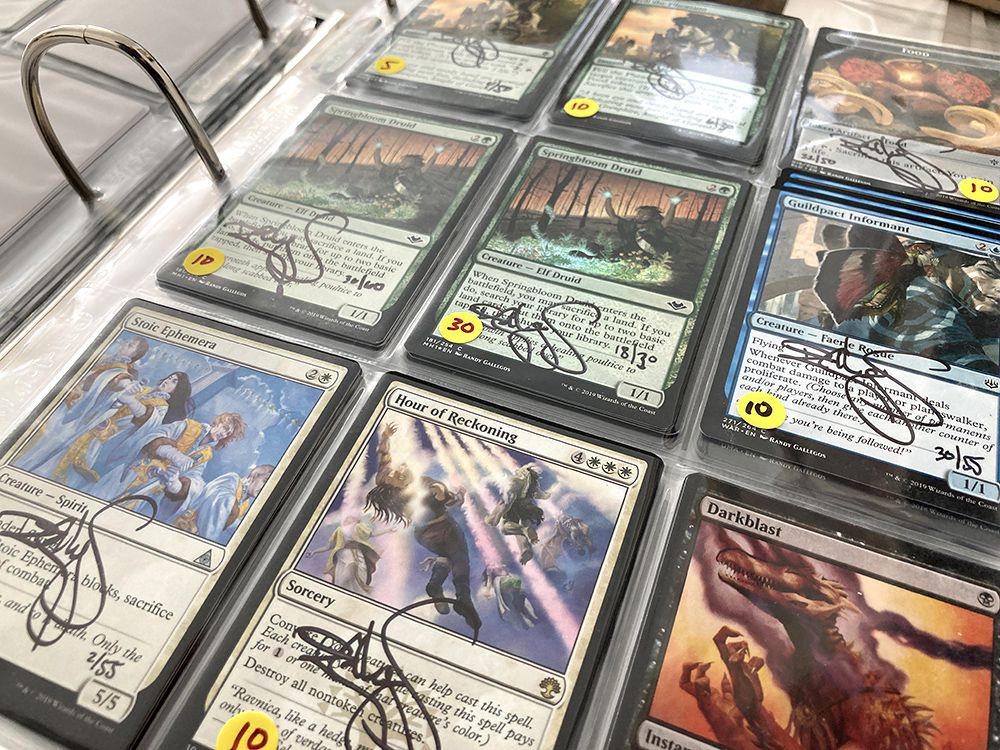
There are exceptions, of course. Early on, Wizards attempted to print artist proofs in foreign language localizations. I started illustrating on Ice Age; that was the last set where this was attempted, and I received a lot of Ice Age proofs. All the English ones are long gone, but I still have some versions in other languages. Fourth Edition foreign proofs also exist, apparently. Starting in about 2015, artists also started receiving foil proofs. These are usually issued in lots of 30.
Eventually, some artist had the brilliant idea of numbering their proofs. (Far as I can tell, that may have been Mark Poole, who started numbering some early proofs but found the practice onerous and abandoned doing so for a number of years.) Numbering highlighted the true limited edition status of these cards, and most artists have followed suit. I began numbering mine starting with 2013’s Gatecrash expansion.
On rare occasions, artists have gotten more than 50 proofs — also, sometimes less. I once received a stack of proofs for another artist, and then had to forward them along. For Shadow Over Innistrad, I have Dead Weight numbered to 100, plus 30 foils. For Ravnica Allegiance, I got and numbered my proofs, then some time later another 50 copies of Vindictive Vampire showed up! I’d already signed mine, so I dumped the extras. Not an oops, though. Limited means limited!
So, these unusual collectibles have been around nearly from the start. But why own these? They’re not even tournament legal. Some players sleeve them and use them casually, others do try to sneak them into tournaments. I have met at least one person attempting to build an entire cube of artist proofs as well!
Beyond that, they are extremely rare as Magic cards go. That’s also why their prices are often higher than their counterparts.
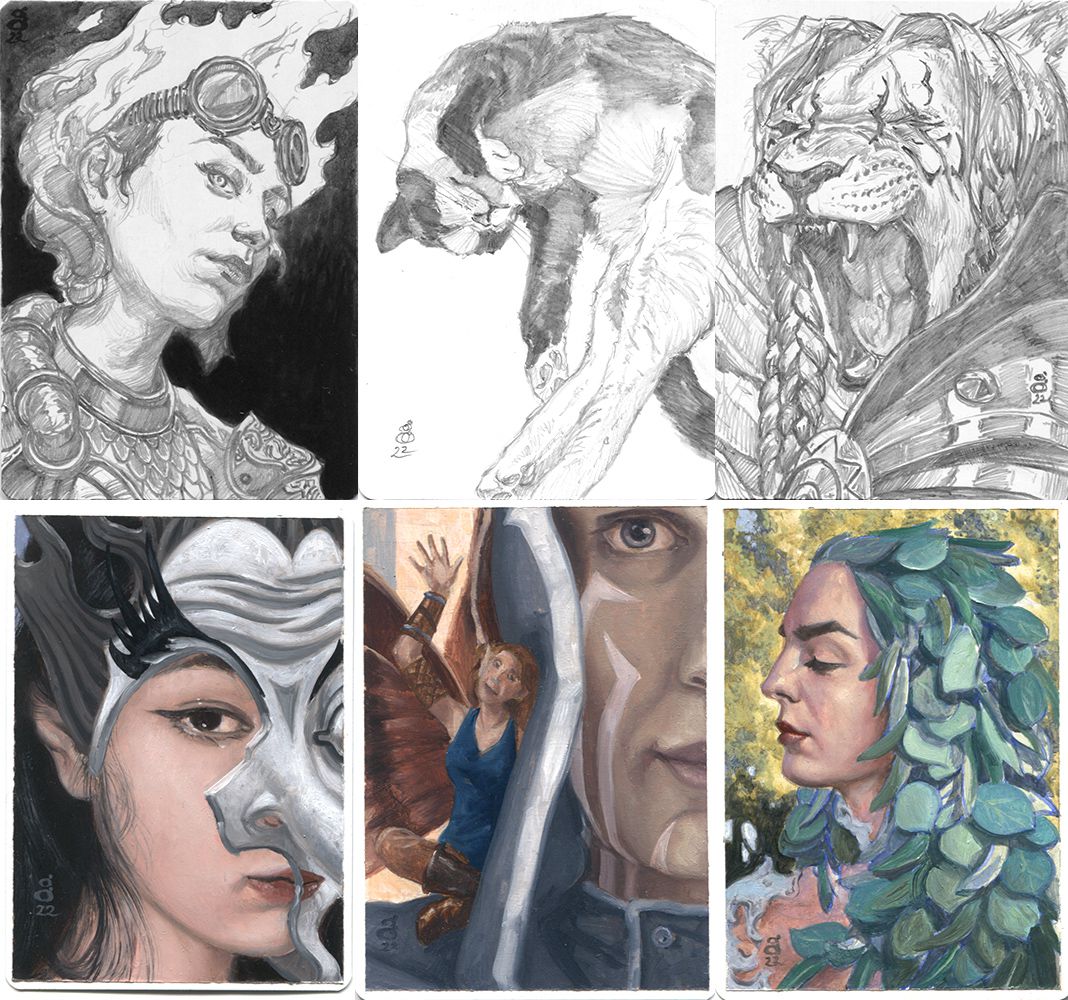
Many artists will create art on the white backsides of their artist proofs. Those are natural canvases, and drawing on the backs of them has been common from the beginning. With some prep, these cards can also receive acrylic and oil paint very well. You may find some cards available with custom art already on them, and frequently you can commission the artist to create something just for you. There is also an active secondary market where collectors buy, sell, and trade their artist proofs with custom artwork. Unfortunately, as paper stock changes constantly, so it does for artist proofs, and some stocks are horrible for drawing on. (Amonkhet, I’m looking at you!)
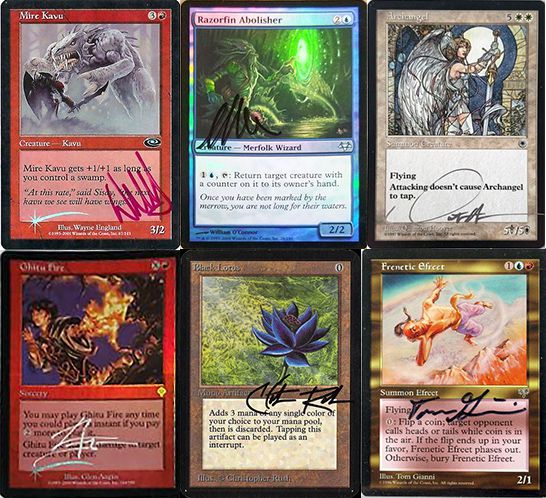
Above all, artist proofs are great keepsakes from your favorite artists. It may not matter much today, but as a few of us have passed away already, these can be pretty special keepsakes later on. More so than even a signed card, these are items straight from the artist’s studio and, outside of the secondary market, they would have come straight from the hands of that artist. In fact, buying them straight from the artist is a cool way to support their work.
As a bonus, of course, these are physical items, so players in Magic: The Gathering Arena have no digital counterpart. One can imagine a future where NFT signatures are introduced that somehow overlay your in-game cards, but I wouldn’t hold my breath waiting.
- SEO Powered Content & PR Distribution. Get Amplified Today.
- Platoblockchain. Web3 Metaverse Intelligence. Knowledge Amplified. Access Here.
- Source: https://www.polygon.com/23528327/mtg-whitebacks-artist-proofs-by-sell-price-explainer
- 10
- 100
- 1994
- a
- About
- across
- active
- actually
- After
- All
- allows
- already
- always
- and
- Another
- Arena
- around
- arranged
- Art
- artist
- Artists
- artwork
- attempted
- attempting
- author
- available
- back
- banned
- began
- Beginning
- benefits
- Beyond
- Black
- Bonus
- Books
- Box
- Breath
- brilliant
- build
- buy
- Buying
- card
- Cards
- care
- Career
- Changes
- Christopher
- clients
- Coast
- collectibles
- Collecting
- collectors
- COM
- come
- commission
- commissions
- Common
- company
- complimentary
- constantly
- contracts
- Convention
- Cool
- course
- create
- creature
- curious
- custom
- dead
- decided
- different
- digital
- distributed
- doing
- dollars
- Dont
- drawing
- Drawings
- each
- Early
- edition
- England
- English
- Entire
- Ether (ETH)
- Even
- events
- examples
- expansion
- expect
- extremely
- Favorite
- few
- Find
- First
- fixed
- foil
- followed
- foreign
- Forward
- found
- Free
- frequently
- from
- further
- future
- gathering
- get
- given
- Giving
- Go
- going
- great
- greatly
- guarantee
- guaranteed
- Guest
- Hands
- higher
- Highlighted
- history
- hold
- How
- However
- HTTPS
- idea
- images
- in
- In other
- in-game
- Including
- industries
- instance
- interest
- introduced
- Issued
- issues
- IT
- items
- just one
- known
- Land
- language
- Languages
- Last
- Legal
- Level
- levels
- likely
- Limited
- Long
- looking
- made
- magazines
- magic
- mark
- Market
- Matter
- means
- months
- more
- most
- MTG
- multiple
- name
- Natural
- nearly
- NFT
- number
- numbered
- occasions
- Officially
- Oil
- oils
- ONE
- Other
- Others
- outside
- own
- Packs
- Paper
- passed
- pencils
- person
- physical
- plato
- Plato Data Intelligence
- PlatoData
- players
- playing
- plus
- Polygon
- portfolios
- practice
- pretty
- Prices
- Products
- proofs
- proved
- range
- RARE
- rarity
- receive
- received
- receiving
- regularly
- release
- released
- represent
- rush
- secondary
- Secondary Market
- sell
- sending
- Series
- set
- should
- show
- Sides
- Signatures
- signed
- since
- sneak
- So
- Solving
- some
- something
- special
- Sponsored
- stack
- start
- started
- Starting
- stated
- Status
- Step
- Still
- stock
- Stocks
- straight
- studio
- such
- Suit
- support
- table
- Tap
- The
- their
- thing
- time
- to
- today
- too
- top
- TOTALLY
- tournament
- Tournaments
- trade
- tremendously
- true
- typical
- typically
- us
- use
- usually
- Valuable
- value
- Values
- Vampire
- Waiting
- webp
- weight
- What
- which
- white
- WHO
- Wild
- will
- Work
- worked
- world
- would
- years
- Your
- zephyrnet


